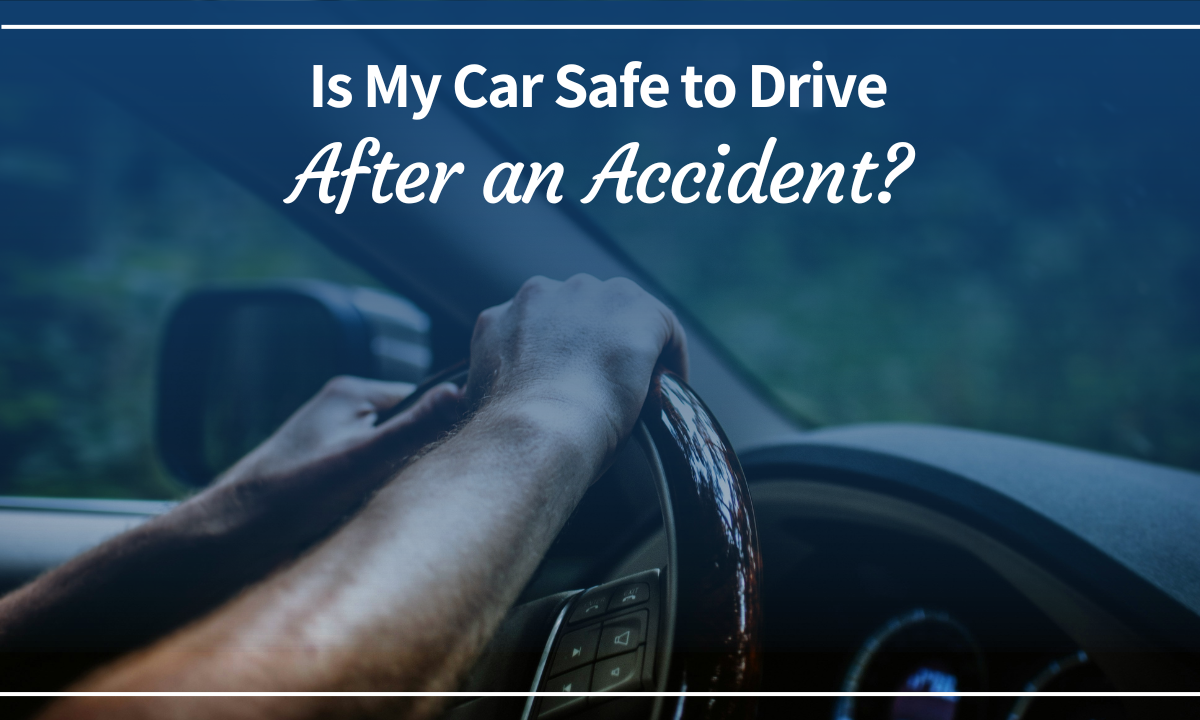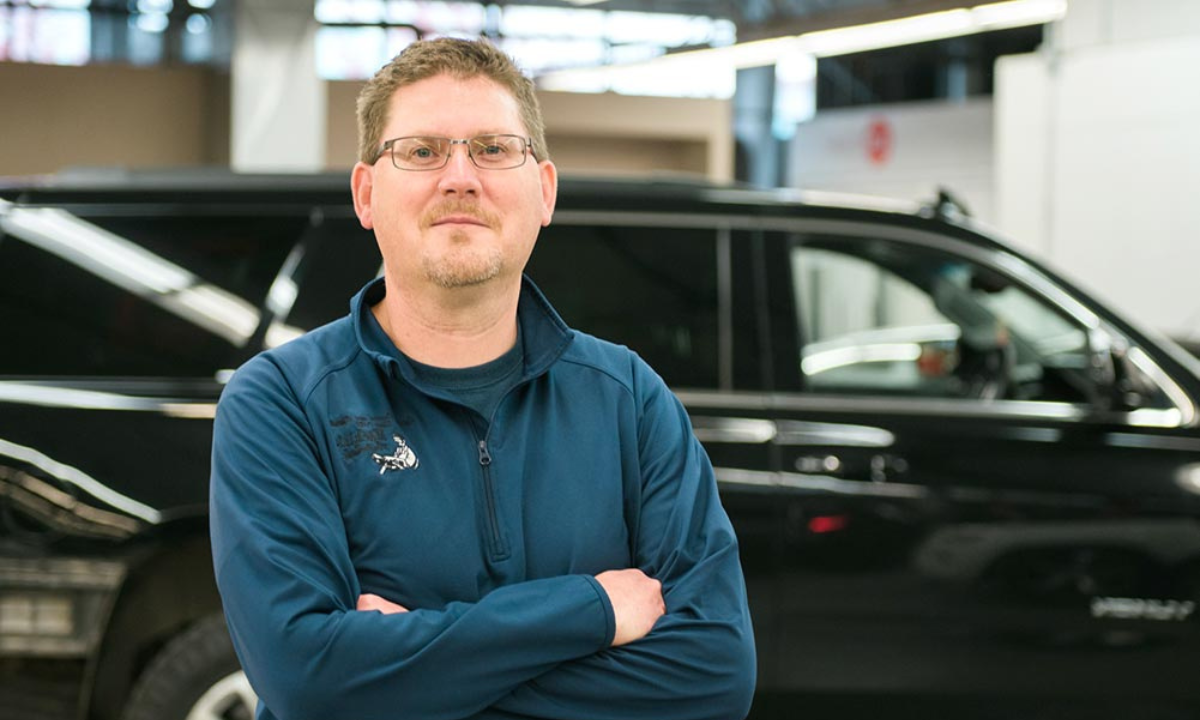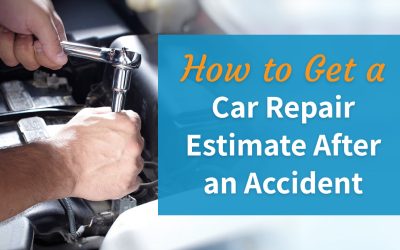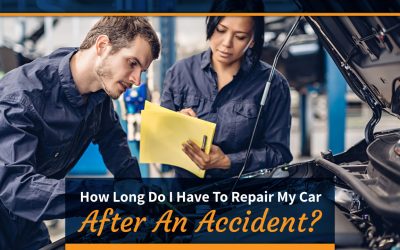
The first thing you should do immediately after a car accident is make sure everyone is safe and call emergency services to deal with any injuries. But before you get back behind the wheel, it’s also essential to ensure your car is safe to drive.
If your vehicle is severely damaged, a tow truck will transport it away from the accident. Not all collision damage is obvious, however. Frame, alignment, and electrical issues are examples of hidden accident damage that may affect your car’s safety on the roads.
Before driving after a car accident, you need to know what to look for. We’re here to break down how you can tell if your car is safe to drive and when to get it professionally inspected.
Assessing the External Damage

Visually inspecting your car after a collision will help you determine if it’s safe to drive. The exterior of your car is especially vulnerable to damage from any type of impact.
Some types of external damage, such as small dents or paint scratches, won’t impact your ability to safely drive to a repair shop. On the other hand, some damage can be serious and
impact your ability to drive:
- Frame damage: In addition to reducing driver control, a visibly bent or crushed frame can further damage functional components such as the engine or electrical system.
- A severely cracked windshield: Shattered glass or major cracks in your windshield may reduce visibility and make driving unsafe.
- Damaged lights: Broken tail or headlights can be extremely dangerous at night or in conditions with low-visibility.
- Broken side-view mirrors: Side-view mirrors are an essential safety feature of any vehicle and should always be clean and intact before attempting to drive.
Checking Under the Hood
While the external components typically make contact first during a collision, they’re not the only car parts that can be damaged. Before driving a car after an accident, it’s important to check under the hood for internal damages – especially if you notice other signs of front-end damage.
Car hoods are built to pop up in the event of a front-end collision, but you should still check to make sure the hood itself isn’t damaged. Then, open the hood and look closely for any signs of damage to your car’s engine or mechanical components. Look for leaks, hose damage, and displaced or dented engine components. Also check your car’s fluid levels, including the oil, brake fluid, and coolant.
Under-the-hood damage can lead to more serious long-term issues that can affect your car’s safety and drivability, so it’s essential to get any internal damage professionally repaired.
Examining Safety Systems

Safety systems such as airbags and seatbelts need to be fully functional when you drive in order to protect all passengers. The last thing you want after a collision is to be injured on the way to a repair shop. For example, you should never operate a vehicle if the airbags have deployed, as they need to be replaced before you get back on the road.
Seatbelts are essential to driver and passenger safety, reducing the risk of moderate and serious injury by 50%. If your seatbelt is cut, damaged, or non-functional after a collision, you should have your vehicle towed instead of trying to drive it yourself.
Testing Driveability
Even if everything looks okay and you think your car is safe to drive, it’s still important to take things slowly when you get behind the wheel. Before you get back on the road, try to perform a slow test drive away from other vehicles.
As you drive, pay attention to:
- Any unusual noises
- How your car handles
- Whether your car is pulling to one side or the other
- How your brakes feel and sound
If anything doesn’t feel right, don’t take your car back out onto the road. Call for professional assistance to accurately diagnose the problem.
Seeking Professional Inspection

While a DIY inspection after a collision can help you determine if your car is safe to drive, it’s still essential to seek a professional assessment from a trusted auto body repair shop. A professional inspection can give you important information that will help protect your safety and your wallet.
When you get a professional inspection after a collision, technicians will:
- Identify any hidden damage to your vehicle
- Estimate repair costs and timelines
- Ensure your car is safe to drive
- Give you peace of mind
- Help you navigate insurance claims
Mackin’s Auto Body offers comprehensive vehicle inspections and repair services after a collision. Our technicians are highly skilled, certified, and dedicated to offering superior service at a reasonable price. We’ll even work directly with your insurance provider on your behalf so you can focus on what matters most!
Protect Your Safety and Your Car’s Longevity With Mackin’s!

Knowing what to do after a car accident can help make the experience less stressful and protect your safety on the roads. Before driving a car after an accident, you should always look for external damage, check under the hood, and make sure your vehicle’s systems are working correctly. Collision damage can lead to longer-term issues if they’re not addressed, so it’s important to also have it professionally inspected for hidden damage.
At Mackin’s Auto Body, we’re committed to helping Portland drivers stay safe on the road by offering comprehensive accident resources, high-quality repairs, and old-fashioned customer service.
Don’t hesitate to contact us with questions or for more information. We can thoroughly evaluate your car for post-accident safety and repair any damage so you can get back on the road!
Chris Roberts is the Director of Operations at Mackin’s Auto Body, where he has been making an impact since 2018. With a career in collision repair that started in 1999, Chris brings a wealth of experience and dedication to his role. Before stepping into his current position, he served as the Assistant Operations Manager at Mackin’s Auto Body from 2013 to 2017. Chris holds a BA from Northwest Nazarene University. When he’s not ensuring everything runs smoothly at Mackin’s, you can find him skiing down snowy slopes, wake surfing on sunny days, or cheering on his daughter at her soccer games.



